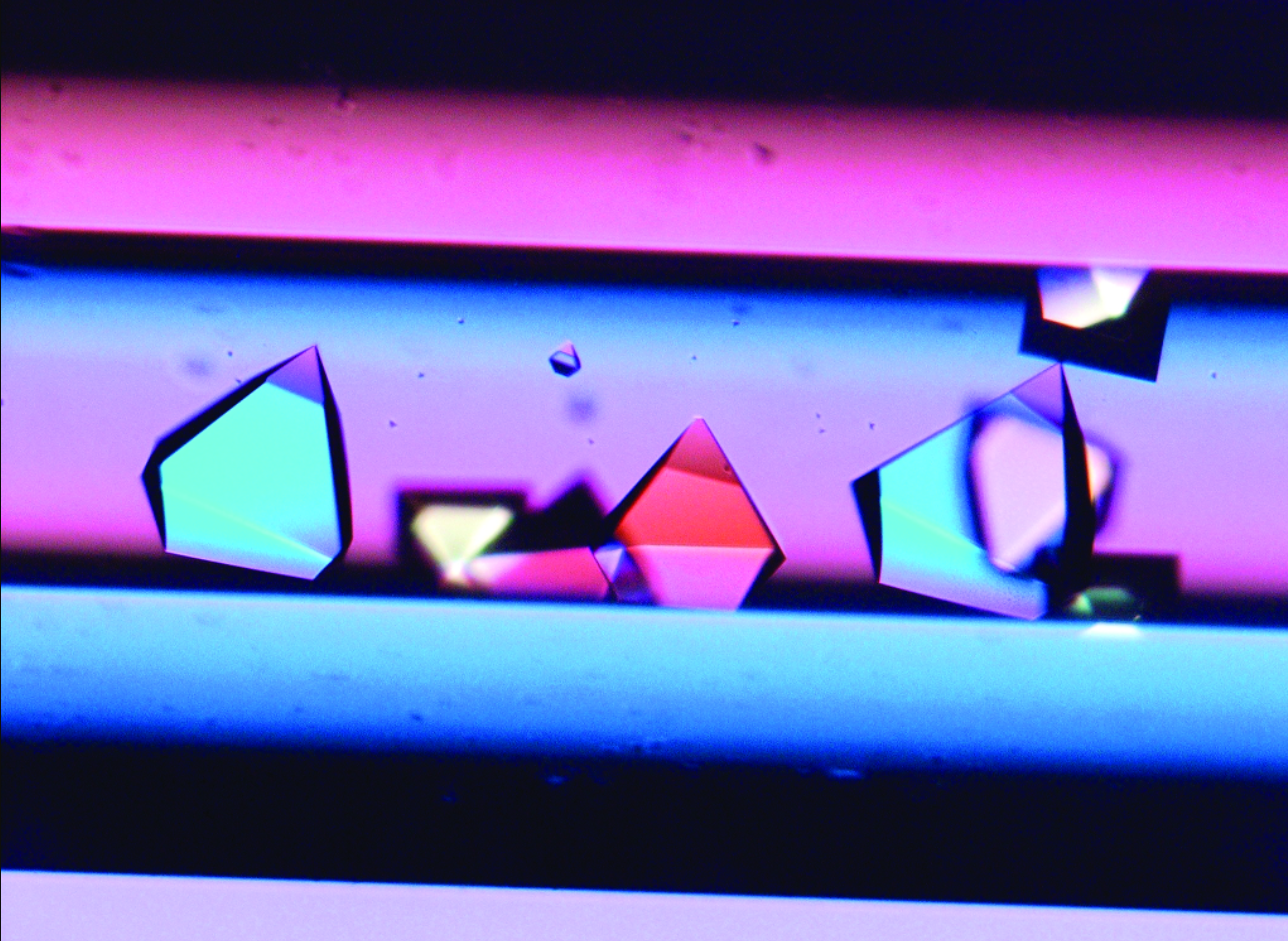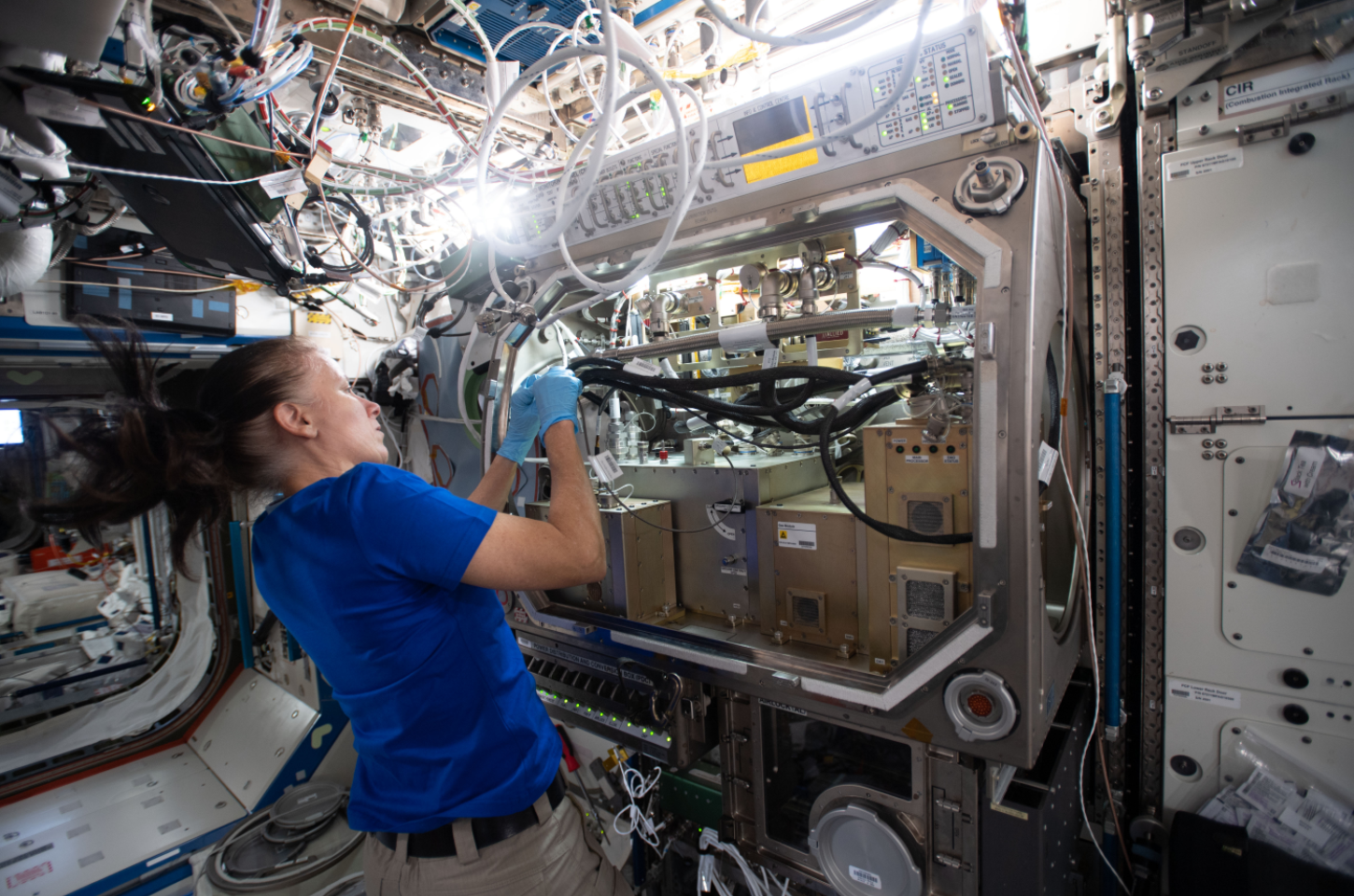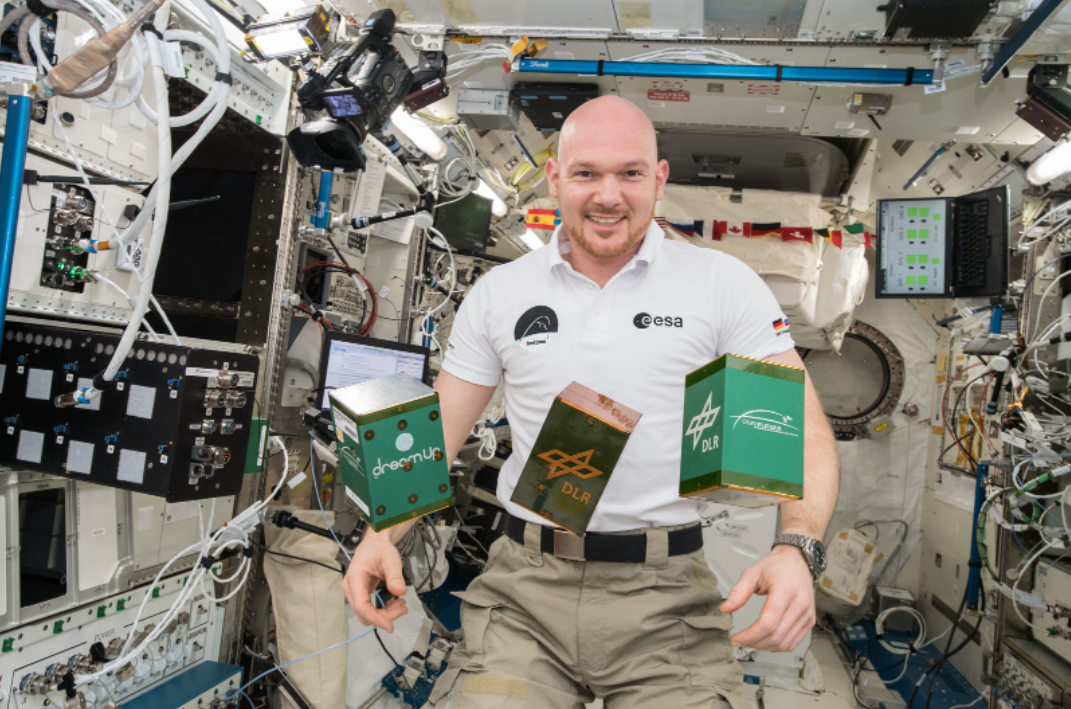Station Science Top News: May 26, 2022
A drug developed based on findings in a protein crystal growth (PCG) study aboard the International Space Station could potentially double the lifespan of those affected by Duchenne Muscular Dystrophy (DMD), an incurable genetic disorder. A Phase 3 trial to examine the compound’s effectiveness in situations similar to actual clinical use began in December 2020 and will continue until 2027.
A space station study of the crystal structure of the protein associated with DMD provided hints for compounds that could inhibit it. A professor at the University of Tsukuba in Tsukuba, Japan, used those hints to design several promising compounds, including TAS-205. A 2015 study verified the safety of TAS-205 for use in humans, and a Phase 2 clinical trial in human patients was completed in 2017. Based on data from the Phase 2 trial, the research team estimates the drug may slow the progression of DMD by half, potentially doubling the lifespan of many patients.
This space station benefit, along with many more, will be included the International Space Station Benefits for Humanity 2022 publication, coming late July.

***
The Packed Bed Reactor Experiment (PBRE), designed to deliver controlled flows of gas and liquid aboard station, was updated for the Packed Bed Reactor Experiment-2, which can now provide accurate results during higher gas and liquid flows. An improved design of two-phase gas-liquid flows like these is critical for chemical and biological systems involved in fuel cells, life support, and more.
The changes that microgravity causes in fluid behavior can present challenges for transitioning Earth technologies to space. For example, reactors are critical to space exploration: they are used to reclaim and purify water, clean air, and provide many life-sustaining processes. However, gaps in our knowledge about how two-phase (i.e., a gas and liquid or a liquid and solid) systems work in microgravity have limited the ability of reactor designers to create more efficient systems. These space station studies help fill that gap. Between the two studies, researchers updated the PBRE system by eliminating external disturbances, minimizing recirculation of gas and liquid and increasing overall pressure.
 NASA astronaut and Expedition 64 Flight Engineer Shannon Walker sets up Packed Bed Reactor Experiment hardware components inside the Destiny laboratory module’s Microgravity Science Glovebox. Credits: NASA
NASA astronaut and Expedition 64 Flight Engineer Shannon Walker sets up Packed Bed Reactor Experiment hardware components inside the Destiny laboratory module’s Microgravity Science Glovebox. Credits: NASA
***
Analysis of dust particles exposed to electric discharges in microgravity found that a small amount of flash heating and melting could have supplied the stability needed for small structures to blend into larger structures. This study allows researchers to better understand how our early solar system formed.
One theory for formation of objects in our solar system is that dust created by star-based processes clumped together into intermediate-sized particles, which eventually became planets, moons, and other objects. Conducted aboard the International Space Station, the Experimental Chondrule Formation at the International Space Station, or EXCISS, experiment produced robust, elongated aggregates (structures formed from compacted material). Researchers examined the aggregates through several techniques that provided a detailed look at the interior structure of the particles. The analysis concluded that a small amount of flash heating and melting could have supplied the stability needed for small structures to blend into larger structures. This provides insights into how larger structures potentially formed in the early solar system.
 A view of ESA (European Space Agency) astronaut Alexander Gerst with NanoRacks modules, including the Experimental Chondrule Formation at the International Space Station, or EXCISS, NanoRacks Module-77. Credits: NASA
A view of ESA (European Space Agency) astronaut Alexander Gerst with NanoRacks modules, including the Experimental Chondrule Formation at the International Space Station, or EXCISS, NanoRacks Module-77. Credits: NASA







